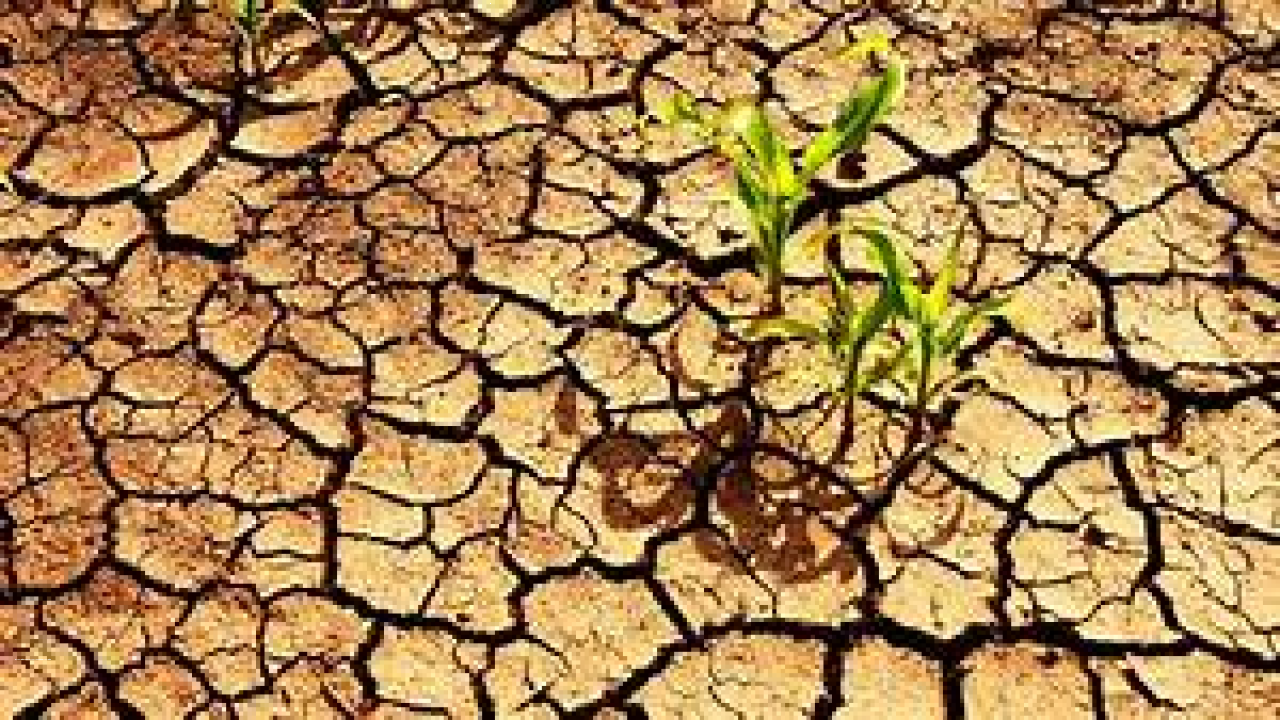Dry Farming And Issues Surrounding Dry Farming
Dry farming is a type of agriculture that relies solely on natural precipitation to grow crops, without the use of irrigation. Dry farming is practiced in regions where rainfall is low or unreliable, and it requires specialized techniques and crop varieties.
Significance of Dry Farming
Dry farming is significant for several reasons:
- Water conservation: Dry farming does not rely on irrigation, which can be a significant drain on water resources. Dry farming techniques help conserve water and promote sustainable water use.
- Soil conservation: Dry farming techniques help promote soil conservation, as they are designed to prevent soil erosion and maintain soil fertility.
- Sustainability: Dry farming promotes sustainability by relying on natural resources, such as rainfall, and reducing the use of synthetic inputs, such as fertilizers and pesticides.
- Resilience: Dry farming promotes the resilience of agriculture in regions where rainfall is low or unreliable. It allows farmers to grow crops in areas that would otherwise be unsuitable for agriculture.
Types of Dry Farming Techniques
There are several types of dry farming techniques, including:
- Moisture retention: Moisture retention techniques are designed to prevent water loss from the soil. Techniques such as mulching, cover cropping, and reduced tillage can help retain moisture in the soil and reduce water loss.
- Plant selection: Dry farming requires crop varieties that are adapted to low rainfall conditions. Crops such as wheat, barley, and legumes are commonly grown in dry farming systems.
- Soil management: Soil management techniques such as crop rotation, intercropping, and the use of green manure can help maintain soil fertility and prevent soil erosion.
Examples of Successful Dry Farming
- Mediterranean agriculture: Mediterranean agriculture is a type of dry farming that is practiced in regions such as Southern Europe, North Africa, and the Middle East. This agriculture system relies on techniques such as terracing, mulching, and intercropping to grow crops in regions with low rainfall.
- Dryland farming in Australia: Dryland farming is a type of dry farming that is practiced in regions such as Australia, where rainfall is low and unreliable. Dryland farming techniques include reduced tillage, intercropping, and the use of drought-tolerant crop varieties.
- Dryland farming in the United States: Dryland farming is also practiced in regions of the United States, such as the Great Plains, where rainfall is low and droughts are common. Dryland farming techniques include crop rotation, conservation tillage, and the use of cover crops.
Issues Surrounding Dry Farming
- Yield variability: Dry farming systems can be highly variable in terms of crop yields, as they rely on natural precipitation, which can be unpredictable. This variability can make it difficult for farmers to plan and manage their crops effectively.
- Soil degradation: Dry farming systems can lead to soil degradation, as the soil is exposed to wind and water erosion. Soil conservation techniques, such as mulching and reduced tillage, are important for maintaining soil fertility and preventing erosion.
- Economic viability: Dry farming systems can be less economically viable than irrigated agriculture, as crop yields are often lower and the risk of crop failure is higher. Access to credit and markets is important for ensuring the economic viability of dry farming systems.


